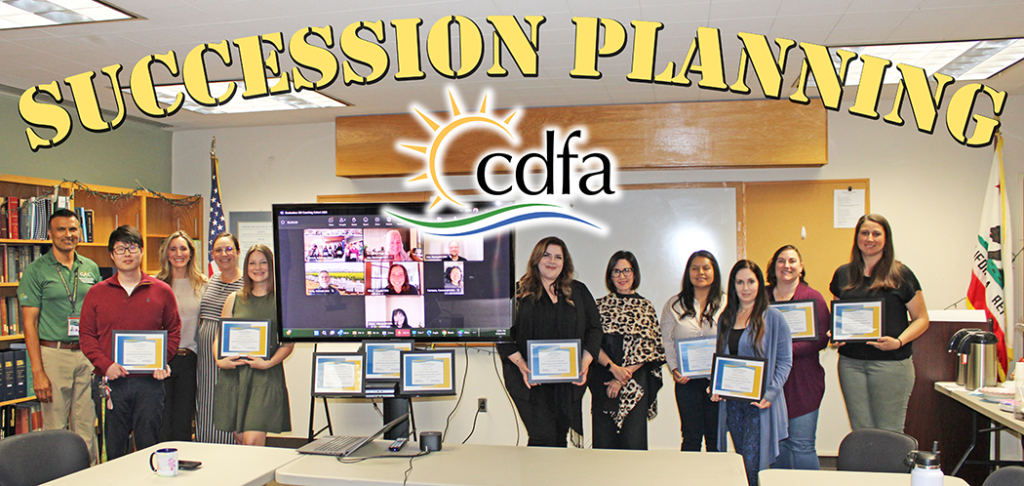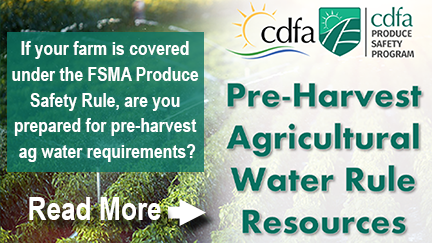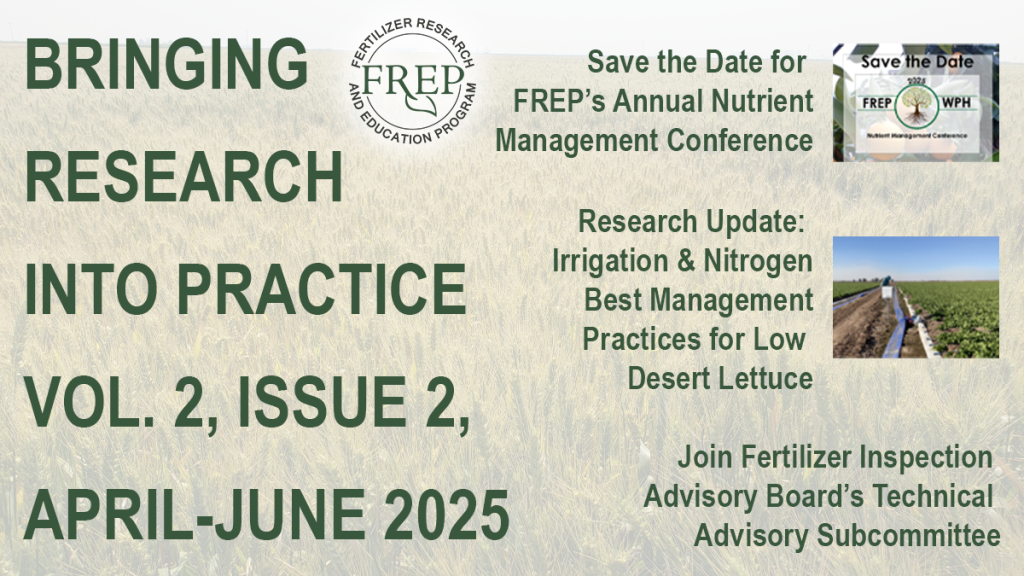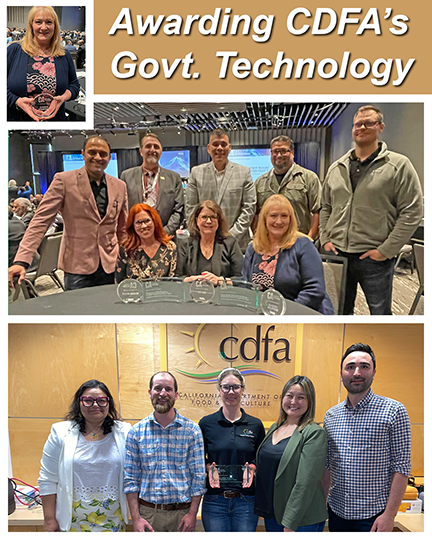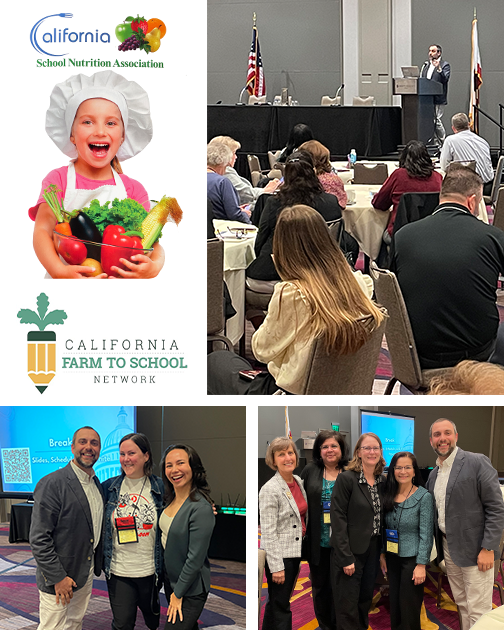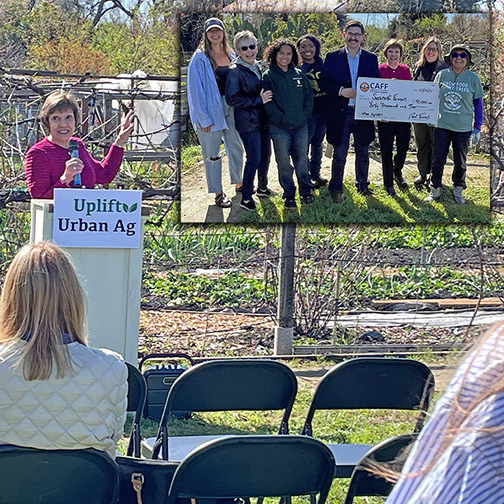
CDFA’s report “Progress for California” highlights a variety of ways that agency programs benefit the state. The Farm to School initiative is a great example — a vital approach to improve the health and well-being of California schoolchildren through food-based education and healthy food access. California schools serve hundreds of millions of meals each year, and expanding opportunities for local food procurement tied to education is essential for establishing healthy eating habits that children can carry into adulthood.
The Farm to School Incubator Grant Program has invested $86 million in 375 projects, reaching 49 percent of all California students – that’s 2,850,196 students served by 269 California school districts!
Click here to view this original CDFA Planting Seeds blog post.
CDFA’s Farm to School Program is part of the Office of Farm to Fork in the Inspection Services Division.



